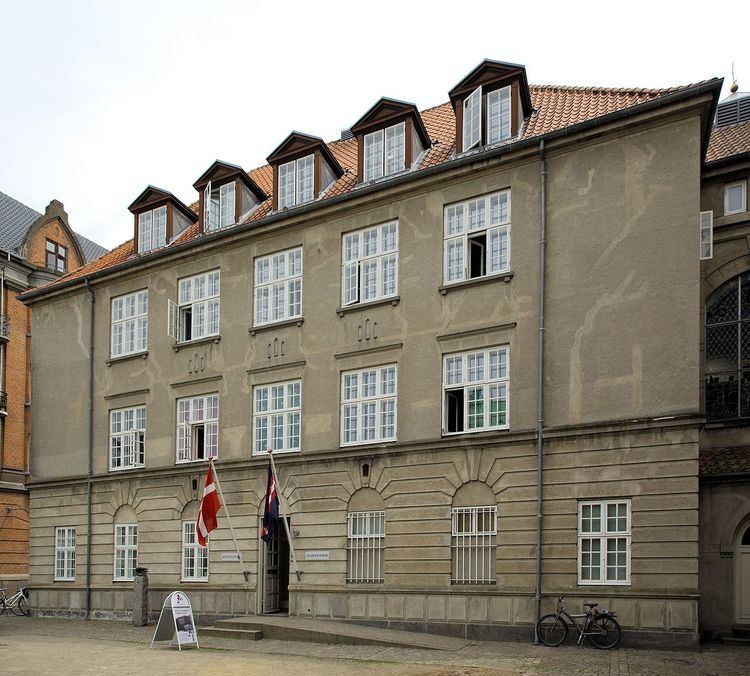Type History museum Established 2001 | Website Occupation Museum | |
 | ||
Location Mathilde Fibigers Have 2,ÅrhusDenmark Similar | ||
The Occupation Museum (Danish: Besættelsesmuseet) in Aarhus, Denmark is history museum dedicated to the history of Aarhus during the occupation by Germany during the Second World War. The museum is situated in the historical centre, the Latin Quarter, in Midtbyen and shares the building of the Women's Museum. The building is a listed structure and it is the former city hall and police station of the city, constructed in 1856-57. During the war it served as the Gestapo headquarters for Jutland after the university buildings where the Gestapo had previously been housed were destroyed during an air raid by the Royal Air Force.
The focus of the museum is major events in Aarhus during the war especially the Aarhus Air Raid, the 1944 explosion in the Port of Aarhus, the activities of the prolific informant Grethe Bartram and the resistance movement in general. The museum exhibition make use of the history of the building as a place of interrogation and torture to tell the story of the events of the war. The cells are furnished with original items and equipment and the torture implements used at the time are on display. The exhibition features an extensive array of items from the 1940-45 period such as uniforms, weapons, mines, tools, passes and German, English and Danish propaganda.
The Occupation Museum is run by volunteers and the only revenue comes from ticket sales and donations from private individuals and organizations. In 2003 the museum went into a partnership with the museum Bymuseet and in 2008 the museum administrations were merged. In 2010 Bymuseet moved to The Old Town.
